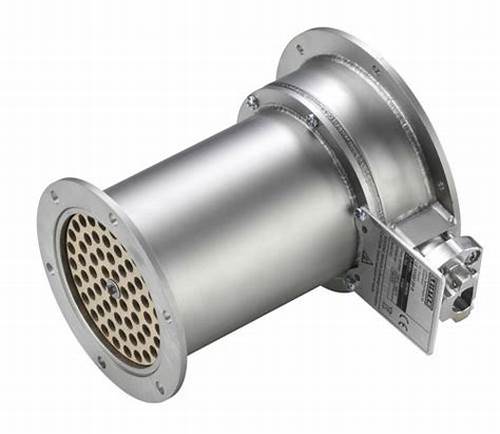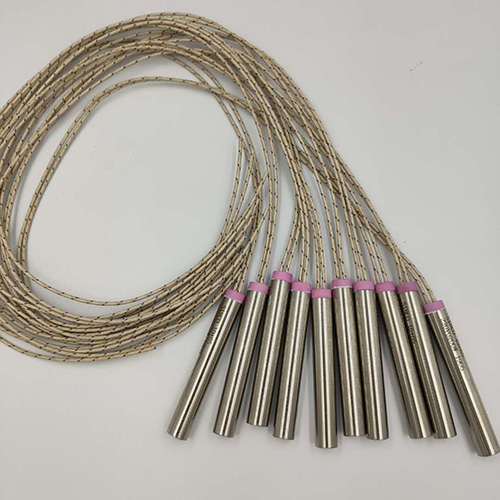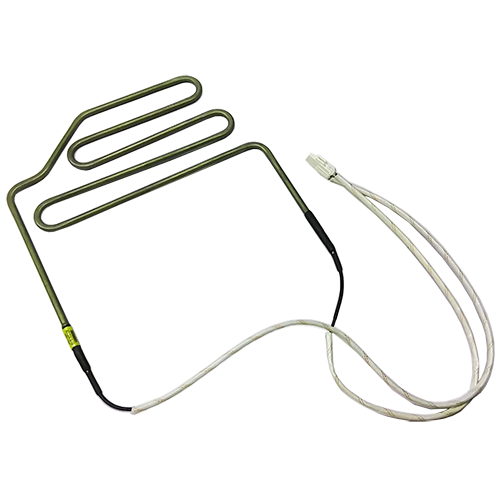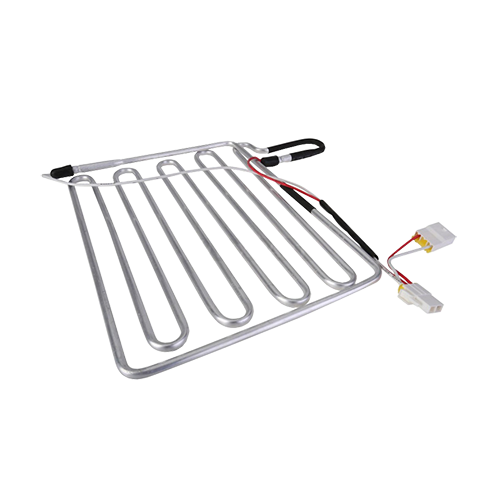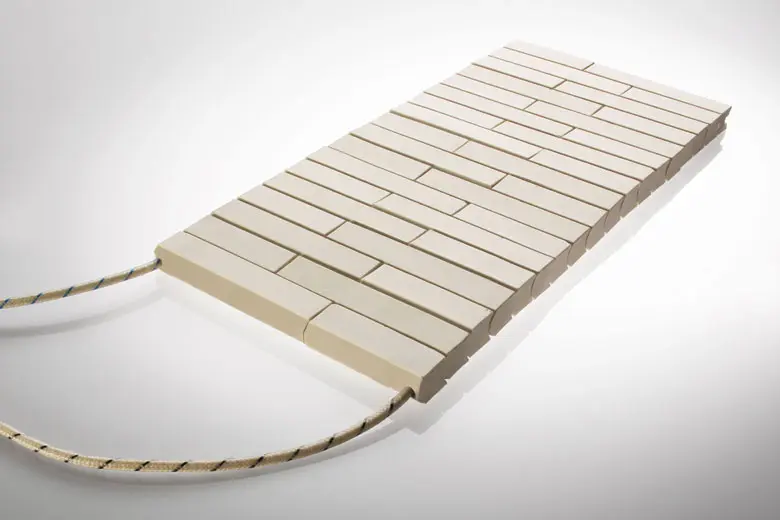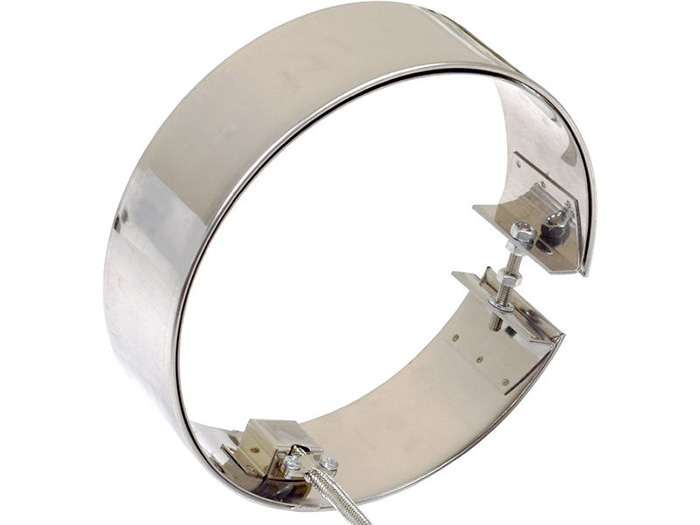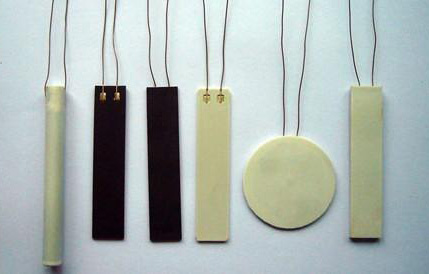Air Process Heater
As the name suggests, this type of heater is used to heat moving air. An air handling heater is basically a heated tube or duct with one end for the intake of cool air and the other end for the exit of hot air. The heating element coils are insulated by ceramic and non-conductive gaskets along the pipe walls. These are typically used in high flow, low pressure applications. Applications for air handling heaters include heat shrinking, lamination, adhesive activation or curing, drying, baking, and more.
Cartridge Heaters
In this type of heater, the resistance wire is wound around a ceramic core, usually made of compacted magnesia. Rectangular configurations are also available in which the resistance wire coil is passed three to five times along the length of the cartridge. The resistance wire or heating element is located near the wall of the sheath material for maximum heat transfer. To protect internal components, sheaths are usually made of corrosion-resistant materials such as stainless steel. The leads are usually flexible and both of their terminals are at one end of the cartridge. Cartridge heaters are used for mold heating, fluid heating (immersion heaters) and surface heating.
Tube heater
The internal structure of the tube heater is the same as that of the cartridge heater. Its main difference from cartridge heaters is that the lead terminals are located at both ends of the tube. The entire tubular structure can be bent into different forms to suit the desired heat distribution of the space or surface to be heated. Additionally, these heaters can have fins mechanically bonded to the surface of the sheath to aid in efficient heat transfer. Tubular heaters are just as versatile as cartridge heaters and are used in similar applications.
Band Heaters
These heaters are designed to wrap around cylindrical metal surfaces or vessels such as pipes, barrels, drums, extruders, etc. They feature bolt-on cleats that clip securely to container surfaces. Inside the belt, the heater is a thin resistive wire or belt, usually insulated by a layer of mica. Sheaths are made of stainless steel or brass. Another advantage of using a band heater is that it can indirectly heat the fluid inside the vessel. This means the heater is not subject to any chemical attack from the process fluid. Also protects against possible fire when used in oil and lubricant service.
Strip Heater
This type of heater has a flat, rectangular shape and is bolted to the surface to be heated. Its internal structure is similar to a band heater. However, insulating materials other than mica may be ceramics such as magnesium oxide and glass fibers. Typical uses for strip heaters are surface heating of moulds, molds, platens, tanks, pipes, etc. In addition to surface heating, they can also be used for air or fluid heating by having a finned surface. Finned heaters are seen in ovens and space heaters.
Ceramic Heaters
These heaters use ceramics that have a high melting point, high thermal stability, high temperature strength, high relative chemical inertness, and small heat capacity. Note that these are not the same as ceramics used as insulating materials. Due to its good thermal conductivity, it is used to conduct and distribute the heat from the heating element. Notable ceramic heaters are silicon nitride and aluminum nitride. These are often used for rapid heating, as seen on glow plugs and igniters. However, when subjected to rapid high-temperature heating and cooling cycles, the material is prone to cracking due to thermal stress-induced fatigue. A special type of ceramic heater is PTC ceramic. This type self-regulates its power consumption, which prevents it from turning red.
Post time: Dec-07-2022

